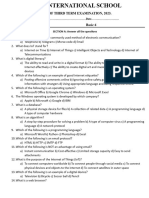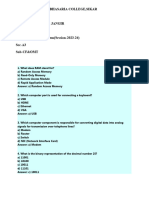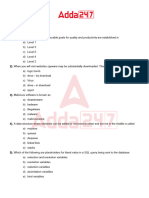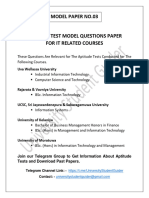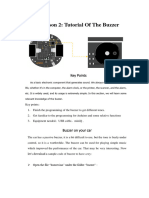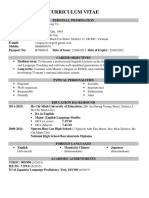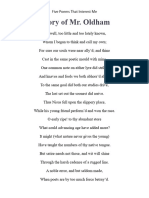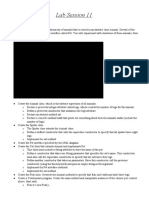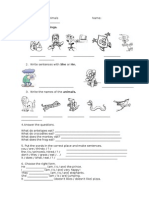0% found this document useful (0 votes)
23 views5 pagesComputer Science
The document consists of a series of multiple-choice questions related to computer science concepts, including programming languages, web development, databases, and networking. It covers topics such as HTML, DNS, API, algorithms, and data structures. The questions are designed to test knowledge on various aspects of computer science and technology.
Uploaded by
tkaneki623Copyright
© © All Rights Reserved
We take content rights seriously. If you suspect this is your content, claim it here.
Available Formats
Download as DOCX, PDF, TXT or read online on Scribd
0% found this document useful (0 votes)
23 views5 pagesComputer Science
The document consists of a series of multiple-choice questions related to computer science concepts, including programming languages, web development, databases, and networking. It covers topics such as HTML, DNS, API, algorithms, and data structures. The questions are designed to test knowledge on various aspects of computer science and technology.
Uploaded by
tkaneki623Copyright
© © All Rights Reserved
We take content rights seriously. If you suspect this is your content, claim it here.
Available Formats
Download as DOCX, PDF, TXT or read online on Scribd
/ 5





















